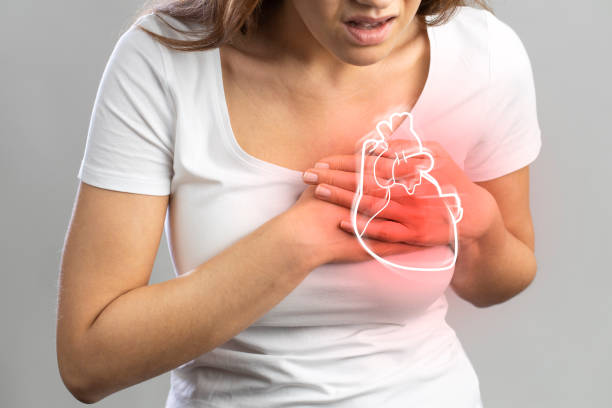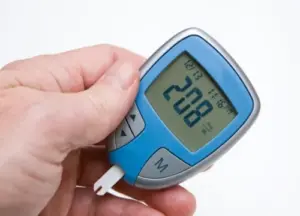A heart attack, medically known as a myocardial infarction, occurs when blood flow to a part of the heart muscle is blocked for an extended period, leading to damage or death of the heart muscle cells. The duration and progression of a heart attack, especially if untreated, can vary significantly depending on several factors, including the severity of the blockage, the specific artery involved, and the individual’s overall health. Understanding the timeline of an untreated heart attack is crucial for recognizing the urgency of seeking medical help.
Initial Onset and Symptoms
Early Symptoms
A heart attack typically begins with mild symptoms that can escalate quickly. These early signs may include:
- Chest Discomfort or Pain: This is often described as pressure, squeezing, fullness, or pain in the center or left side of the chest. The discomfort can be constant or intermittent.
- Upper Body Pain: Pain may radiate to the shoulders, arms, back, neck, jaw, or stomach.
- Shortness of Breath: This can occur with or without chest discomfort.
- Nausea, Lightheadedness, or Cold Sweats: These symptoms are also common, especially in women.
These symptoms can start slowly and build over time, making it sometimes difficult to recognize the urgency. For some, the symptoms might come and go, which can be misleading.
The Critical First Hour: The Golden Hour
The Importance of the First 60 Minutes
The first hour following the onset of heart attack symptoms is often referred to as the “golden hour.” This period is critical for preventing severe heart damage and increasing the chances of survival. During this time, if untreated, the blockage in the coronary artery causes a progressive reduction in blood flow to the heart muscle.
Cellular Damage Begins
Within the first few minutes of the onset of a heart attack, the lack of oxygenated blood starts to cause damage to the heart muscle cells. This damage can become irreversible if blood flow is not restored quickly. The heart muscle cells begin to die, a process known as necrosis, which can lead to permanent heart damage.
Progression Over Hours
Continued Heart Muscle Damage
If untreated, the heart attack continues to progress over the next several hours. The affected area of the heart muscle can expand, worsening the damage. The extent of the damage depends on the duration of the blockage and the size of the area supplied by the blocked artery.
Symptoms Worsen
As the heart attack progresses, symptoms typically intensify:
- Severe Chest Pain: Pain becomes more intense and persistent.
- Increased Shortness of Breath: Difficulty breathing intensifies as the heart struggles to pump blood effectively.
- Profuse Sweating: The body responds to the pain and stress of the heart attack.
- Extreme Fatigue and Weakness: The body diverts energy to cope with the ongoing crisis.
- Palpitations or Irregular Heartbeats: Arrhythmias can develop, complicating the situation further.
The First 24 Hours
High-Risk Period
The first 24 hours after a heart attack are crucial and carry a high risk of complications if untreated. These complications can include:
- Heart Failure: The damaged heart muscle may not be able to pump blood effectively, leading to heart failure.
- Cardiogenic Shock: Severe damage can lead to a significant drop in blood pressure, reducing blood flow to vital organs.
- Ventricular Fibrillation: This life-threatening arrhythmia can occur, where the heart’s lower chambers quiver instead of pumping normally, leading to cardiac arrest.
Days and Weeks After the Onset
Continued Risk of Complications
If a heart attack remains untreated, the risk of complications continues. Over days and weeks, the following can occur:
- Expansion of Infarcted Area: The area of dead tissue can expand, leading to more severe damage.
- Formation of Scar Tissue: The heart muscle repairs itself by forming scar tissue, which affects the heart’s ability to function effectively.
- Chronic Heart Failure: Persistent damage can lead to long-term heart failure, characterized by fatigue, shortness of breath, and fluid retention.
- Risk of Another Heart Attack: The underlying cause of the first heart attack, such as atherosclerosis, remains unaddressed, increasing the likelihood of another heart attack.
Long-Term Consequences
Decreased Quality of Life
Untreated heart attacks can lead to a significant decrease in quality of life. Chronic heart conditions can limit physical activity and lead to ongoing medical issues, such as arrhythmias, persistent chest pain, and the need for medications and lifestyle changes.
Increased Mortality Risk
The long-term risk of death is significantly higher in individuals who do not receive treatment for a heart attack. The heart’s reduced functionality and increased susceptibility to further cardiac events contribute to this increased risk.
Importance of Immediate Treatment
Medical Interventions
Timely medical intervention can drastically alter the course of a heart attack. Treatments such as thrombolytic therapy (clot-busting drugs), percutaneous coronary intervention (angioplasty and stenting), and coronary artery bypass surgery can restore blood flow and minimize heart damage.
Improved Outcomes
Studies show that early treatment significantly improves survival rates and reduces the extent of heart damage. Patients who receive prompt treatment are more likely to recover fully and have a better quality of life post-heart attack.
Conclusion
A heart attack is a medical emergency that requires immediate attention. The duration and severity of an untreated heart attack can vary, but the progression typically involves rapid onset of symptoms, significant heart muscle damage within the first hour, and increasing risks of severe complications over the following hours and days. Recognizing the symptoms early and seeking prompt medical care can save lives and prevent long-term health issues. If you or someone you know experiences symptoms suggestive of a heart attack, it’s crucial to seek emergency medical assistance without delay.










